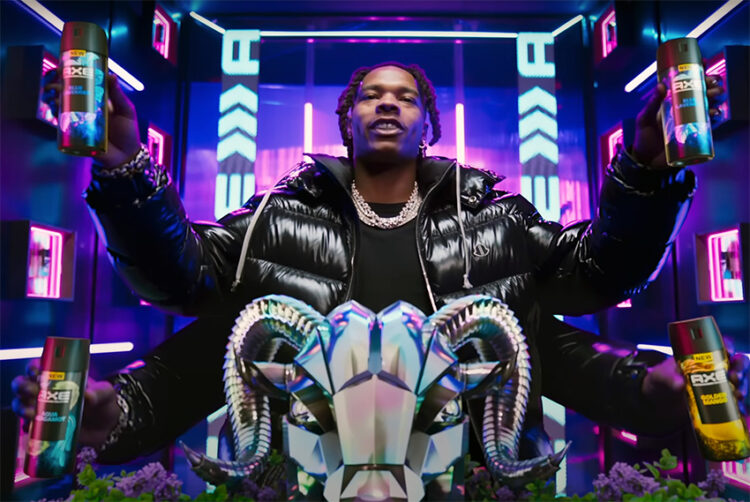So Unilever is upping social spend. But how much will make it to influencers?


Fernando Fernandez may have worked at Unilever for nearly four decades, but that hasn’t stopped him from making a splash in his first few weeks in the top job.
In stark contrast to his predecessor, who managed less than two years at the helm, Fernandez has come forward as an innovator intent on accelerating change within the business.
Fernandez has remarked since taking the role that “I have never crossed paths with an employee that told me, Fernando, we are going too fast”.
To ensure the 400-odd brands within Unilever all benefit from his vigour, Fernandez has announced a radical social-first marketing strategy. He suggested that 50% of the company’s adspend will now go to social media, with a 20-fold increase in the number of influencers the company will be working with.
The statements, part of a cosy fireside chat with an investment analyst, have many in influencer marketing applauding. It’s a win the industry can’t help but get behind: a global giant not just commenting but putting cash on the table.
However, this isn’t a broad win for the industry — and even less so for influencers.
The main point of concern is that an increase in the number of influencers is not a financial increase. Nor is there an indication of how much of the 50% is specifically earmarked for influencer marketing.
This is canny comms for a company whose strategy in markets like the UK, Brazil and India will involve a hyper-targeted focus on micro-influencers.
The shift we can expect to see is a doubling down on the strategy that is — presumably — working: ie. a significant increase in the number of influencers, but not necessarily in the amount being paid out to those creators.
Where we can expect to see the cash flowing is into paid amplification and using influencer assets for programmatic ad campaigns.
The market for short-form content is slowly — very slowly — collapsing from the top down, with larger influencers being priced out of campaigns that can otherwise use micro-influencers and paid amplification. Is it even influencer marketing any more?
While the overriding sentiment is still that of a buoyant market thanks to industry growth, Unilever’s strategy is in no way unique. Fernandez’s aim is to have an influencer in “every postcode”.
The part of the industry that wins is those agencies that want to deliver the paid adspend behind the influencer campaign. The noisy part of the market is going to get louder.
But what will Unilever have at the end of the day? How will a business built on the basis of brand-building manage to maintain that strength when using thousands of other people’s voices — and creative?
You might say Unilever is uniquely positioned to revitalise a part of the marketing industry going through a personality crisis. But, equally, for one or both parties, this is not the unassailed victory many tout it to be.
 Charles Haynes is managing director at Ziggurat XYZ
Charles Haynes is managing director at Ziggurat XYZ
